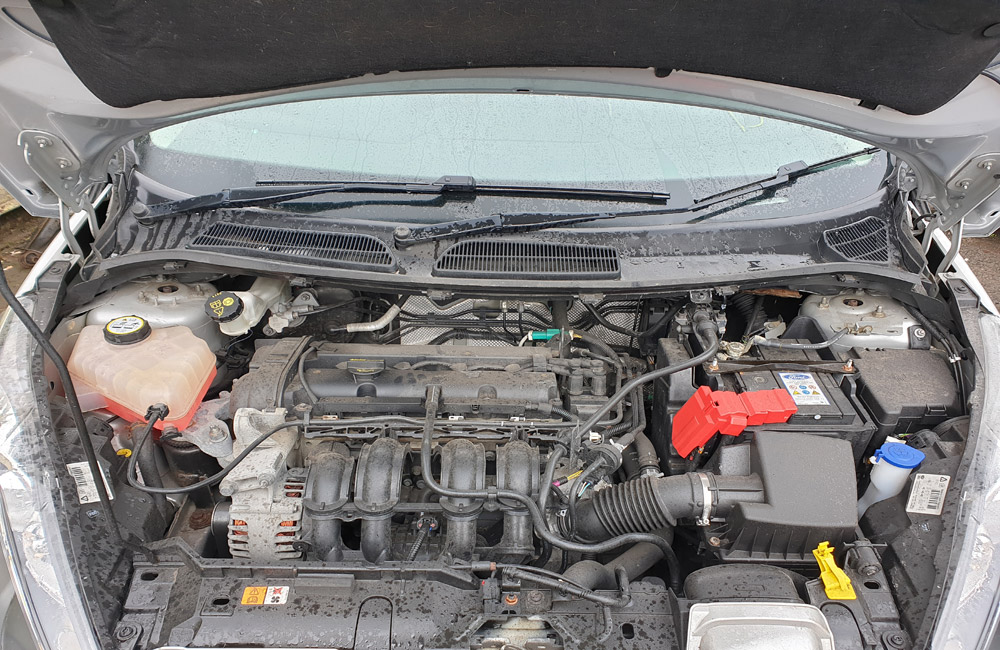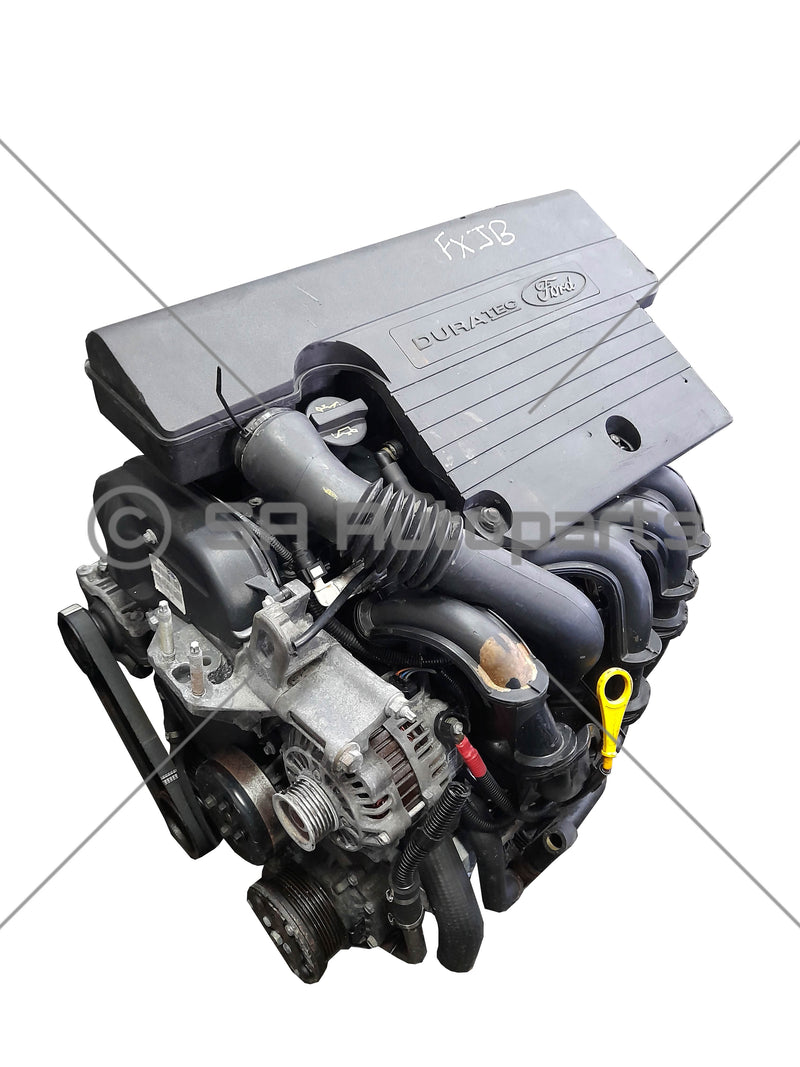Discover the Latest Ford Fiesta Engine Upgrades for Enhanced Power
Discover the Latest Ford Fiesta Engine Upgrades for Enhanced Power
Blog Article
Discovering the Evolution of Engines: From Classic Layouts to Modern Marvels
The advancement of engine modern technology represents a considerable narrative in the history of development, noted by essential improvements that have actually continually redefined transport and sector. From the first heavy steam engines that powered the Industrial Revolution to the appearance of interior combustion engines that changed movement, each phase has actually contributed to better performance and capacity. Presently, the change to electrical power indicates not only a technological change however also a wider commitment to ecological sustainability. As we take a look at these turning points, one must take into consideration just how the future of engine layout might unravel, challenging our assumptions of power and performance.
The Birth of Engine Modern Technology
The arrival of engine technology marked a critical minute in human development, changing energy conversion and transport. The earliest engines emerged from the demand to harness mechanical power for useful use, leading to the advancement of tools that converted various energy forms right into activity (ford fiesta engine).
The growth of the internal burning engine and the development of the vapor engine militarized a profound shift in industrial capabilities. These engines not only boosted efficiency however additionally increased the range of human movement, making it possible for extraordinary transportation opportunities. The very early prototypes laid the groundwork for the mechanical world, promoting the increase of sectors and improving societal structures.
As engine layouts evolved, they included cutting-edge products and progressed engineering concepts, leading the way for contemporary advancements - ford fiesta engine. The birth of engine modern technology stired up a ruthless pursuit of efficiency and power, establishing the stage for the dynamic evolution of transportation and industrial machinery that would follow
Steam Engines and Their Influence

The heavy steam engine's influence was especially evident in the transport market (ford fiesta engine). Steam-powered locomotives helped with the rapid movement of products and people across huge distances, successfully shrinking the geographical obstacles that had formerly hindered trade and communication. Steamships changed maritime travel, enabling for quicker and extra reliable crossings of oceans and rivers.
In market, vapor engines powered factories, enabling mass production and the surge of urban centers as hubs of financial task. This shift not just altered labor dynamics yet also added to the introduction of a consumer-driven culture. Heavy steam modern technology promoted innovations in engineering and production processes, laying the foundation for future improvements in engine layout. The heritage of vapor engines is profound, reflecting a zero hour in human ingenuity and the ruthless quest of development.
The Surge of Interior Combustion
Often eclipsing heavy steam power, the increase of interior combustion engines noted a transformative shift in transportation and market during the late 19th and early 20th centuries. The advancement of these engines, identified by their ability to shed gas within the engine itself, allowed better efficiency and power compared to standard steam engines. Pioneering developers such as Nikolaus Otto and Rudolf Diesel played essential functions in perfecting engine designs, causing prevalent adoption in automobiles, boats, and industrial machinery.
The inner burning engine's compact size and reasonably lightweight nature assisted in the development of individual lorries, reinventing private mobility and improving city landscapes. By allowing faster traveling and the effective transport of items, these engines catalyzed financial development and promoted globalization. The versatility of fuel alternatives, consisting of gasoline and diesel, additionally boosted their appeal, permitting for varied applications throughout numerous fields.
Despite the environmental worries that would certainly later on occur, the first appeal of interior combustion innovation stocked its transformative possibility. As culture welcomed this development, the structure was laid for modern transportation systems, developing internal combustion engines as a keystone of industrial innovation and daily click here for more life throughout the 20th century.
Advancements in Engine Performance
As interior combustion engines ended up being important to transportation and market, the emphasis shifted towards improving their effectiveness to meet expanding needs for efficiency and sustainability. Technologies in engine layout, material scientific research, and technology have actually substantially added to this advancement.
One significant improvement is the development of turbocharging, which enables enhanced air consumption, resulting in even more full fuel combustion and enhanced power outcome without increasing the size of engine size. Furthermore, variable shutoff timing systems have been carried out to optimize engine performance across various RPM arrays, thus improving gas effectiveness.
The use of sophisticated fuel injection technologies, such as straight injection, has actually additionally played an essential role. This approach permits more specific control over the fuel-air mix, promoting better burning and minimizing exhausts. Lightweight materials, consisting of light weight aluminum and composite elements, have actually been adopted to lower overall engine weight, leading to boosted performance.
These developments reflect a wider trend within the vehicle sector, where the harmony between design advancement and ecological considerations drives the continuous mission for higher efficiency in inner burning engines. Therefore, modern-day engines are now much more effective, cleaner, and efficient than ever, leading the way for an extra sustainable future in transportation.
The Change to Electric Power
With growing issues over ecological effect and fossil fuel dependence, the auto sector is experiencing a significant additional info change in the direction of electrical power. This change is driven by a mix of technical useful reference innovations, governing pressures, and changing consumer choices. Electric vehicles (EVs) use a compelling option to conventional inner burning engines, flaunting lowered greenhouse gas discharges and lower operating expense.
The increase of battery modern technology has been a game changer, with lithium-ion batteries coming to be extra cost-efficient and efficient. Enhanced power density and faster charging abilities have actually made EVs more functional for everyday usage. Furthermore, governments worldwide are carrying out incentives and setting enthusiastic targets for phasing out fossil gas vehicles, thus increasing the adoption of electrical power.
As charging facilities expands and battery modern technology proceeds to boost, the change to electrical power is poised to reshape the auto landscape, promoting sustainability and innovation in the years to come. The future of transportation is electric, and the momentum is indisputable.
Conclusion
The development of engine technology stands for a significant trajectory of technology that has greatly affected transportation and sector. From the foundational vapor engines to the transformative interior combustion engines, each advancement has actually contributed to enhanced flexibility and economic growth.

Report this page